How Jackson sewage is treated: From the toilet to the Savanna Plant to the Pearl River
Let's flush out some math.
The average person excuses themself to use the bathroom six to seven times per day, according to a December 2023 article from Medical News Today. If the City of Jackson has a population of roughly 150,000, who all relieve themselves six to seven times per day, that means there are between 900,000 to 1,050,000 toilet flushes daily in the city. That's 27.9 million to 32.55 million per 31-day month; 328.5 million to 383.25 million flushes per year.
Isn't it pretty incredible you can just hit a button and whoosh all that waste is flushed in the blink of an eye, never to be thought of again. Who hasn't wondered where it all went?
In Jackson, waste travels through your house or business or apartment's plumbing, down into the network of pipes that is the city's decrepit sewer system and ends at the Savanna Wastewater Treatment Plant. Tucked away behind the train tracks, right next to the Pearl River in South Jackson, the plant is a fortress, class four facility — making it one of the largest in Mississippi.
JXN Water took over the plant after years of mismanagement from the city and charges of polluting the Pearl River. A stipulated order signed by U.S. District Court Judge Henry Wingate put Ted Henifin, the city's interim third party water administrator, in charge of it in October. The order puts Henifin in-charge for four years, and he previously said he was committed to finishing the job.
Henifin did not respond to repeated calls, texts and emails for comment on this article.
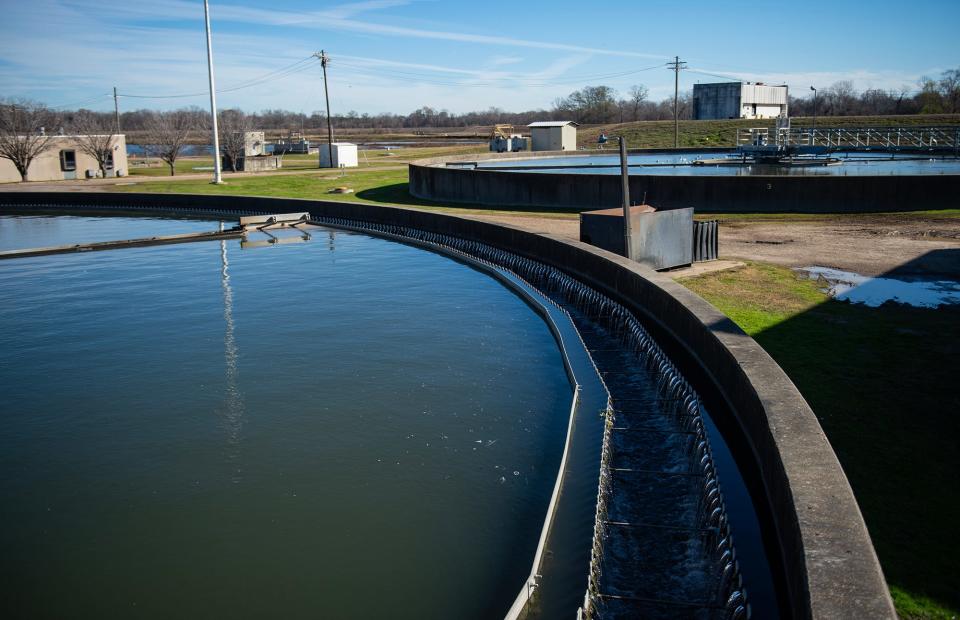
Henifin and Lumumba: Henifin took issue with Lumumba's comments on water safety. A judicial hearing followed
1 year in Jackson with Henifin: JXN Water administrator reflects on 1 year of improving Jackson's water system. What he said
The plant, which sees anywhere between 36 to 42 million gallons of waste per day, is regulated by the Mississippi Department of Environmental Quality. But it is run by Veolia Water North America, part of Veolia Solutions, a transnational, billion-dollar company with expertise in water, energy and waste-management services.
The city currently has a 10-year contract with Veolia, worth close to $11 million annually, according to contracts obtained by the Clarion Ledger in a Freedom of Information Act request. Signed in 2016, the contract also puts Veolia in-charge of the city's two other wastewater plants: Trahon Wastewater Plant, which services some parts of South Jackson and Byram, and Presidential Hills Wastewater Plant, which services Presidential Hills.
After going through a complicated chemical treatment process, most of Jackson's sewage at the Savanna Plant goes back into the Pearl River as perfectly healthy water. There's a good likelihood you have probably had a drink of water that was once waste. Returning treated wastewater into local bodies of water is common practice in the industry. For example, New Orleans has two plants that both discharge treated wastewater into the Mississippi River.
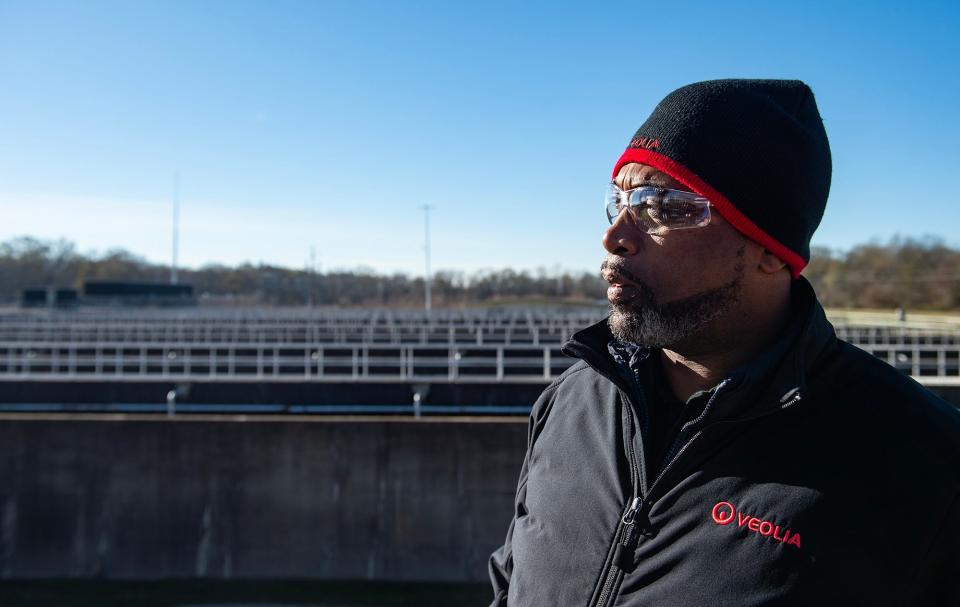
The treatment process
After traveling underneath the city through a maze of pipes, sewage enters into the Savanna Plant's recently upgraded Headworks station, explained Shannon Moore, an operations manager at the plant. Moore has been in the waste management industry for 26 years and the last seven with Veolia. He took the Clarion Ledger on a tour of the plant.
"This is where we do all the screening, remove all the rags and grit that gets into the system before it gets biologically treated," Moore said.
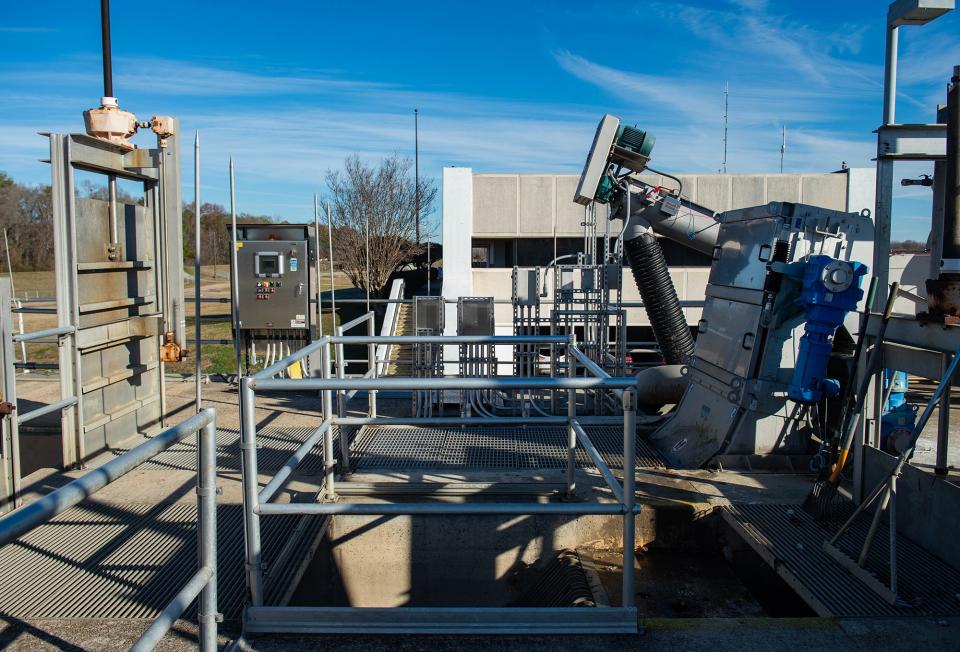
$10B data centers: Massive data centers coming to Jackson metro: When would jobs open? What would salaries be?
As the sewage pours in, the Headworks station utilizes a large screen that blocks debris such as hygienic products, rags and sticks that have entered into the sewer system.
The second stage of Headworks is the removal of grit, which is made up sand, gravel and other solid materials that have entered the sewer lines through a grit chamber. The chamber accelerates the water into a vortex that pulls larger pieces of sediment and stones, known as grit, out of the sewage flow. The grit is then pumped out and shipped to a landfill.
After traveling through the Headworks station, the sewage now enters the first part of the treatment process: primary clarifiers. Sewage is pumped into the primary clarifiers where sediment and sludge settle to the bottom of large tanks. The sludge is then pumped out of the tanks, and the sewage flows to aeration tanks.
Standing at the bottom, looking up, these huge tanks resemble castle walls. Climbing the steps and peering over the railings, the tanks are filled with brown water being pumped with oxygen, making it the perfect environment for the warriors of the treatment process: microorganisms.
Trash battle: Who is right in Jackson garbage contract dispute? The mayor or council? Expert weighs in
Stokes on recent freeze: Stokes: Residents deserve credit on water bills due to running water during freeze
"All the biological treatment happens in these aeration tanks. All the mixing, keeping the bugs happy, all that," Moore said, adding that a mixture of nitrogen gas and oxygen allow the microorganisms to thrive.
Billions of microorganisms, or bugs, feed on the wastewater in the aeration tank, breaking down organic compounds and cleaning the water. Keeping sewage levels balanced in the aeration tanks is important because too much wastewater can actually end up killing the microorganisms, Moore said. One plant run by Veolia actually had to ship in microorganisms, known as "reseeding the plant," after an overcapacity of sewage.
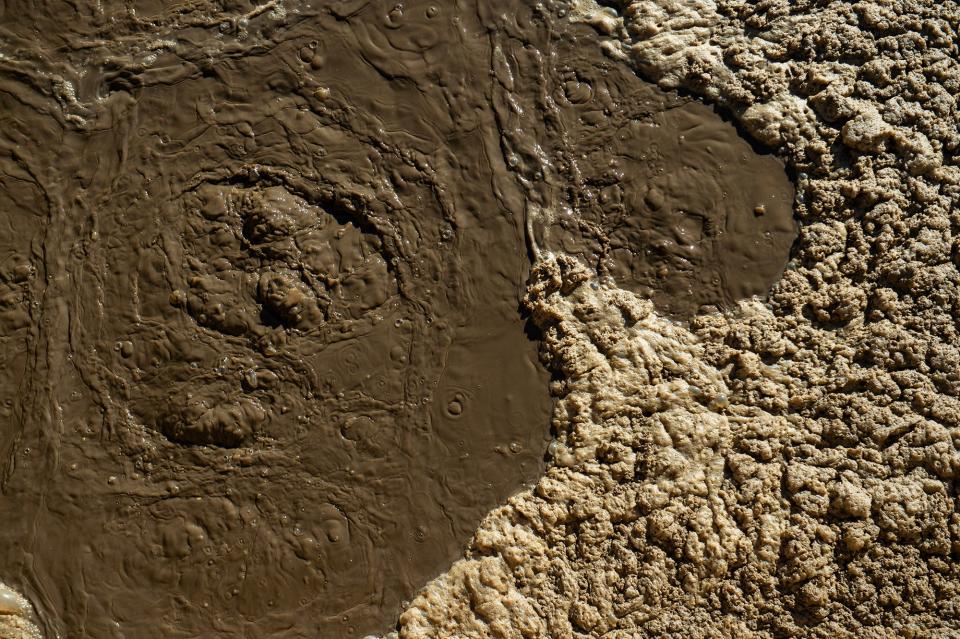
Once the bugs are done, the sewage is then pumped to a secondary system of clarifying tanks. The remaining sediment and sludge settles to the bottom through gravity and is then pumped out. The clarified water drains off the top of the tanks and is pumped to the final stage — disinfection.
The water is treated with permitted levels of chlorine, which eliminate remaining contamination. Lastly, sulfur dioxide is introduced, neutralizing the chlorine.
After all this, the wastewater is now just water. It flows through the plant's last remaining pipes and discharges into the Pearl River, if all goes well.
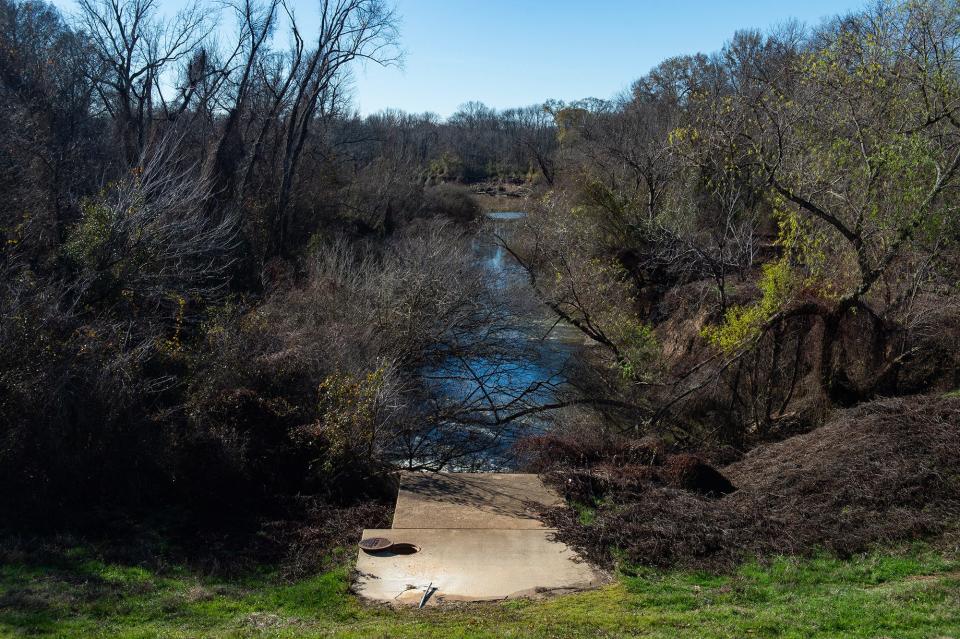
Past troubles at the Savanna Plant
Medicaid in MS: MS House passes prenatal Medicaid early eligibility. See details
Though it has been running smoothly for just over a year now, the Savanna plant's track record hasn't always been something for the city to hang its hat on.
Twenty-seven prohibited bypasses from the plant were reported between March 2020 and February 2022. This allowed over 4.4 billion gallons of untreated or under-treated wastewater to discharge into the Pearl River, according to a stipulated order putting Henifin in-charge.
During the same time period, the West Bank Interceptor had 13 sanitary sewer overflows and released more than 95 million gallons of untreated wastewater.
In 2013, the city entered into a consent decree with the U.S. Department of Justice and the Environmental Protection Agency. Eleven years later, the decree is still looming, and it is unclear when the sewer system will be in compliance.
On Wednesday, JXN Water released a report on the quarterly progress of the sewer system for the final quarter of 2023. The report, which details 90 sewer line repairs with 128 more pending, was submitted to Wingate and the U.S. District Court. In that report, which notes 125,000 linear feet of sewage pipe were inspected and cleaned during the stipulated order timeframe, priority projects were also listed.
Quarterly Report Sewer Order for Q4 2023 01.31.2024 by USA TODAY Network on Scribd
Among the 11 priorities was one repair at the West Bank Interceptor and three at the Savanna plant and one with the Savanna Peak Lagoon cells.
Despite the repairs, the task ahead remains a challenge. The quarterly report details more than 100 new sanitary sewer overflows in the final quarter (37 in October, 46 in November and 44 in December). Many of those overflows dumped thousands of gallons into area bodies of water, including four overflows into the Pearl River.
Those sanitary sewer overflows are on top of the many dozens of overflows that existed before JXN Water took over and have yet to be repaired.
The report says, "JXN Water is committed to resolve all SSOs."
When contacted with multiple calls, texts and emails, JXN Water did not provide comment on this article.
This article originally appeared on Mississippi Clarion Ledger: Where does Jackson's raw sewage go? This facility is mainly responsible

